Nanoscale
A high impact, peer reviewed journal publishing experimental and theoretical work across the breadth of nanoscience and nanotechnology.
Editors-in-Chief: Chunli Bai , Dirk Guldi and Yue Zhang
Open Access: Hybrid
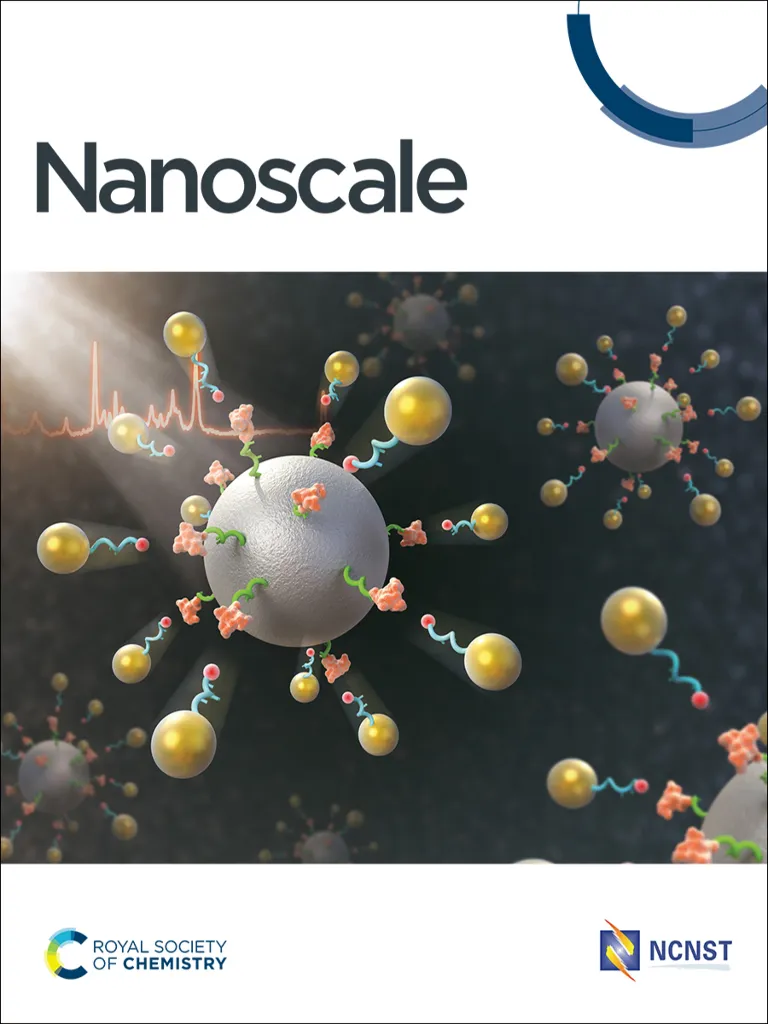
Since its launch in late 2009, Nanoscale has established itself as a platform for high-quality, cross-community research that bridges the various disciplines involved with nanoscience and nanotechnology, publishing important research from leading international research groups.
Nanoscale is a collaborative venture between the Royal Society of Chemistry Publishing and a leading nanoscience research centre, the National Center for Nanoscience and Technology (NCNST) in Beijing, China.
ISSN: 2040-3372
Journal Impact factor
5.1 (2024)
First decision time (all)
18 days
First decision time (peer reviewed)
38 days
Scope
Nanoscale is a high-impact international journal, publishing high-quality research across nanoscience and nanotechnology. Nanoscale publishes a full mix of research articles on experimental and theoretical work, including reviews, communications, and full papers.
For publication in Nanoscale, papers must report high-quality reproducible new work that will be of significant general interest to the journal's wide international readership.
The journal publishes weekly issues, complementing and building on the nano content already published across the Royal Society of Chemistry Publishing journal portfolio.
Topics covered in the journal include, but are not limited to:
- Synthesis of nanostructured and nanoscale materials
- Quantum materials
- 2D materials
- Layered materials
- Layered quantum materials
- Characterisation of functional nanoscale materials and bio-assemblies
- Properties of nanoscale materials
- Self-assembly and molecular organisation
- Complex hybrid nanostructures
- Nanocomposites, nanoparticles, nanocrystalline materials, and nanoclusters
- Nanotubes, molecular nanowires and nanocrystals
- Molecular nanoscience
- Nanocatalysis
- Theoretical modelling
- Single-molecules
- Plasmonics
- Nanoelectronics and molecular electronics
- Nanophotonics
- Nanochips, nanosensors, nanofluidics and nanofabrication
- Carbon-based nanoscale materials and devices
- Biomimetic materials
- Nanobiotechnology/bionanomaterials
- Nanomedicine
- Regulatory approaches and risk assessment
Readership
Highly interdisciplinary, Nanoscale appeals to scientists, researchers and professionals interested in nanoscience and nanotechnology, quantum materials and quantum technology, including the areas of physics, chemistry, biology, medicine, materials, energy/environment, information technology, detection science, healthcare and drug discovery, and electronics.
Information for authors
Want to publish in this journal? Our author guidelines explain how to prepare and submit your article and provide useful information on the review and publication process including transfers, revisions and any article processing charges (APCs) that may apply.
You can read our payments and funding information for further details about APCs, which may apply for publishing open access in this journal, as well available discounts and waivers.
You may be able to publish open access in this journal, with no APC to pay, if your institution has an open access agreement with us. You can use our journal finder tool to check for agreements between us and your institution.
Meet the team


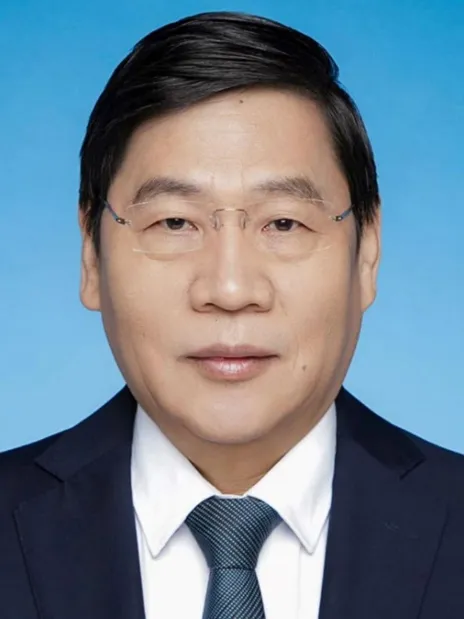

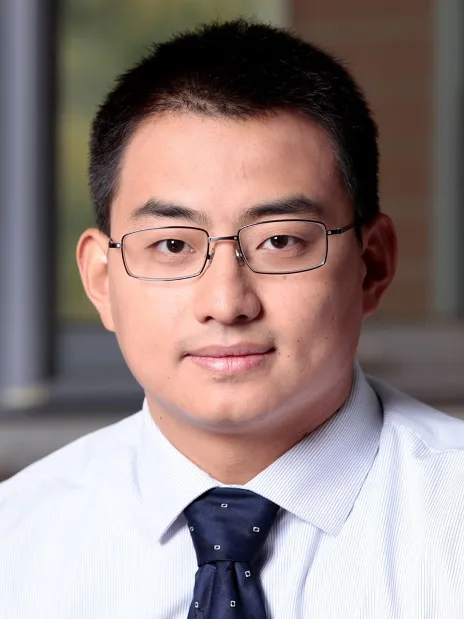
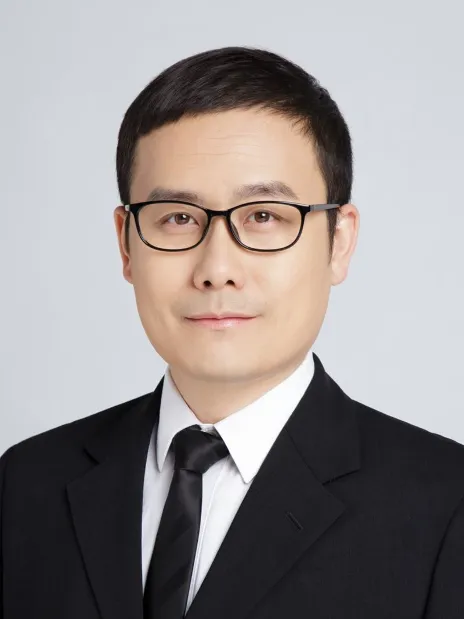
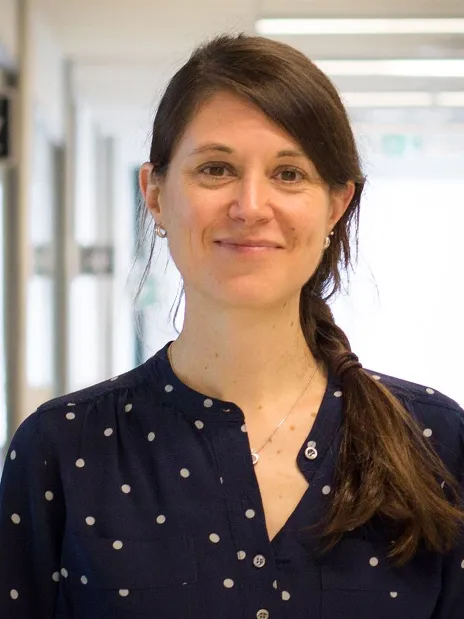
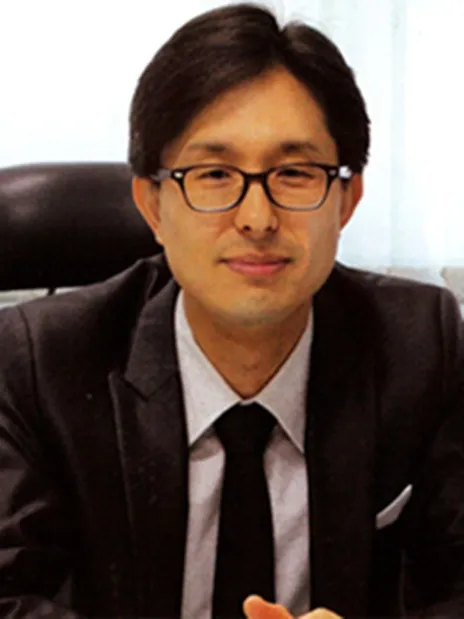
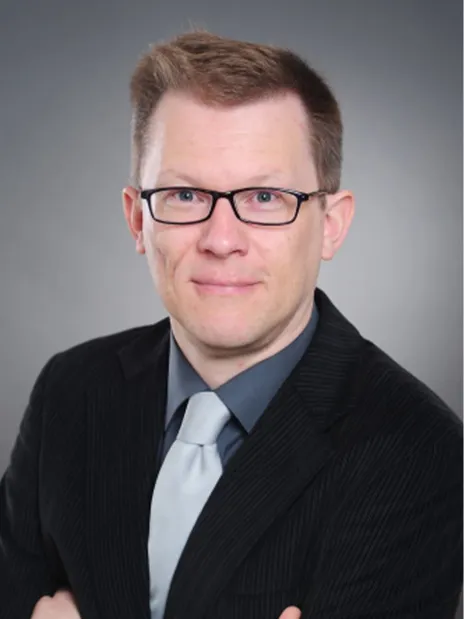
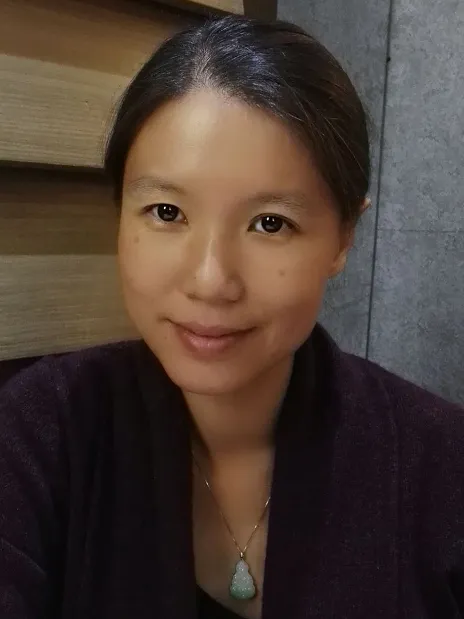
Quan Li
Hubei University
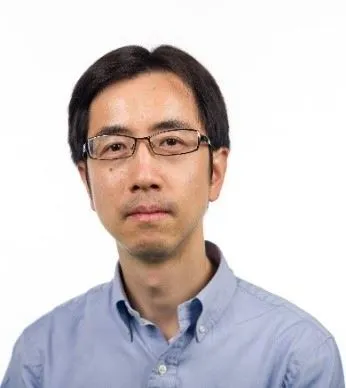

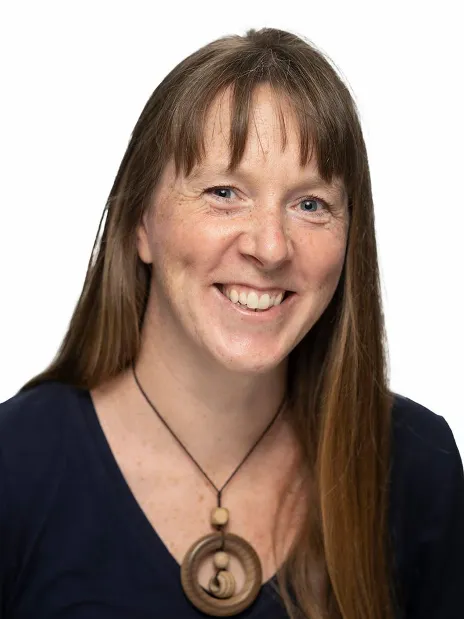
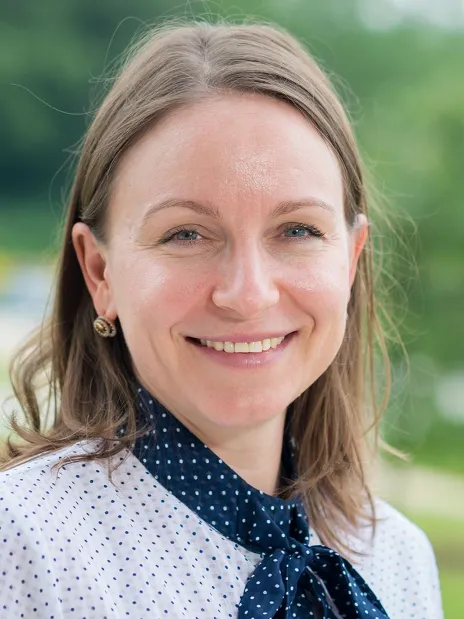
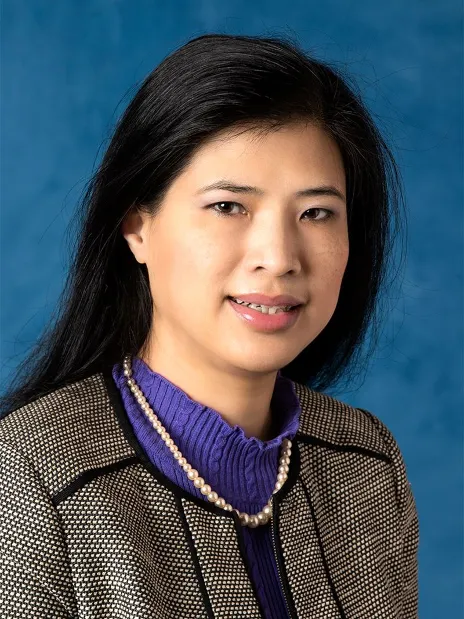


Umesh Waghmare
Associate editor
Jawaharlal Nehru Centre for Advanced Scientific Research
View profile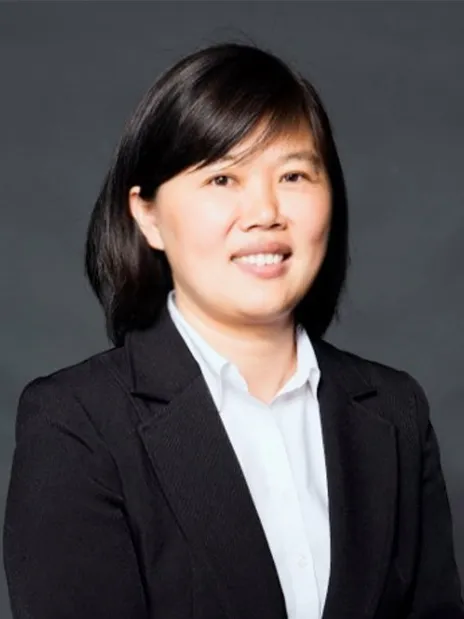
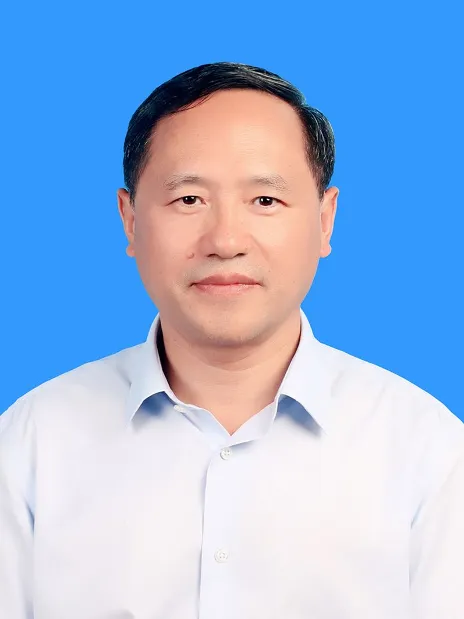


Zhenan Bao
Stanford University
Suryasarathi Bose
Indian Institute of Science Bangalore
Stephanie Brock
Wayne State University
Raffaella Buonsanti
EPFL
Cinzia Casiraghi
University of Manchester
Chunying Chen
National Center for Nanoscience and Technology (NCNST)
Jingyi Chen
University of Arkansas
Xiaodong Chen
Nanyang Technological University
Mita Dasog
Dalhousie University
Mingdong Dong
Aarhus University
Andrea Ferrari
University of Cambridge
Kristen Fichthorn
Penn State
Christy Haynes
University of Minnesota
Guohua Jia
Curtin University
RongChao Jin
Carnegie Mellon University
Song Jin
University of Wisconsin
Jesse Jokerst
UCSD
Kourosh Kalantar-Zadeh
University of Sydney
Yamuna Krishnan
University of Chicago
Dattatray Late
CSIR National Chemical Laboratory
Pooi See Lee
Nanyang Technological University
Graham Leggett
University of Sheffield
Changming Li
Southwest University
Xing Yi Ling
Nanyang Technological University
Jie Liu
Duke University
Laura Na Liu
University of Stuttgart
Xiaogang Liu
National University of Singapore
Yunqi Liu
Chinese Academy of Sciences
Wei Lu
University of Michigan
Liberato Manna
Istituto Italiano di Tecnologia
Anna Fontcuberta i Morral
EPFL
Catherine Murphy
University of Illinois Urbana-Champaign
Kostya (Ken) Ostrikov
Queensland University of Technology
So-Jung Park
Ewha Womans University
Teresa Pellegrino
Istituto Italiano di Tecnologia
Lakshminarayana Polavarapu
University of Vigo
T Pradeep
Indian Institute of Technology Madras
Narayan Pradhan
Indian Association for the Cultivation of Science
Michael Sailor
University of California
Paolo Samorì
Université de Strasbourg
Hyeon Suk Shin
Sungkyunkwan University
Zhigang Shuai
Tsinghua University
Sara Skrabalak
Indiana University
Francesco Stellacci
École Polytechnique Fédérale de Lausanne
Hong-Bo Sun
Tsinghua University
Lingdong Sun
Peking University
Shouheng Sun
Brown University
Xiaoming Sun
Beijing University of Chemical Technology
Zhiyong Tang
National Center for Nanoscience and Nanotechnology
Mauricio Terrones
The Pennsylvania State University
Sarah Tolbert
University of California
Ventsislav Valev
University of Bath
Miriam Vitiello
CNR Nano
Jianfang Wang
The Chinese University of Hong Kong
Benjamin Wiley
Duke University
Xiaojun Wu
University of Science and Technology of China
Yujie Xiong
University of Science and Technology of China
Hongxing Xu
Wuhan University
Lin Xu
East China Normal University
Ya Yang
Beijing Institute of Nanoenergy and Nanosystems
Jinhua Ye
National Institute for Materials Science (NIMS)
Xiao Cheng Zeng
University of Nebraska-Lincoln
Gang Zhang
Institute of High Performance Computing
Hua Zhang
City University of Hong Kong
Miqin Zhang
University of Washington
Yuliang Zhao
National Center for Nanoscience and Technology (NCNST)
Michaela Mühlberg
Executive Editor
Heather Montgomery
Managing Editor
Jonathon Watson
Editorial Production Manager
Ella White
Associate Editorial Manager
Natalie Cotterell
Development Editor
Tiffany Rogers
Development Editor
Matthew Blow
Publishing Editor
Joe Busby
Publishing Editor
Chris Dias
Publishing Editor
Juan Gonzalez
Publishing Editor
Eleanor Griffiths
Publishing Editor
Rob Hinde
Publishing Editor
Sam Howell
Publishing Editor
Clara Humann
Publishing Editor
Francesca Jacklin
Publishing Editor
Evie Karkera
Publishing Editor
Shruti Karnik
Publishing Editor
Sophie Mander
Publishing Editor
Tamara Kosikova
Publishing Editor
Brian Li
Publishing Editor
Carole Martin
Publishing Editor
Kirsty McRoberts
Publishing Editor
Yasmin Mehanna
Publishing Editor
Cat Schofield
Publishing Editor
Simon Wallace
Publishing Editor
Manman Wang
Publishing Editor
Emily Prior
Editorial Assistant
Elizabeth So
Editorial Assistant
Lee Colwill
Publishing Assistant
Sam Keltie
Publisher
Read this journal
Paper
Motility-dependent selective transport of active matter in trap arrays: separation methods based on trapping-detrapping and deterministic lateral displacement
Paper
The role of superlattice phases and interparticle distance in the magnetic behaviour of SPION thin films
Paper
Au–Ag controllable composition nanoalloying of hexagonal nanoplates: heterogeneous interfacial nanogaps enhance near-field focusing
Review article
Material characterization methods for investigating charge storage processes in 2D and layered materials-based batteries and supercapacitors
More from this journal
Contact the journal team
We're here to help. Contact the journal team if you have any questions about publishing your paper with us.
Sign up for journal email alerts
Get table of contents alerts and notifications about calls for papers, themed issues and more.
